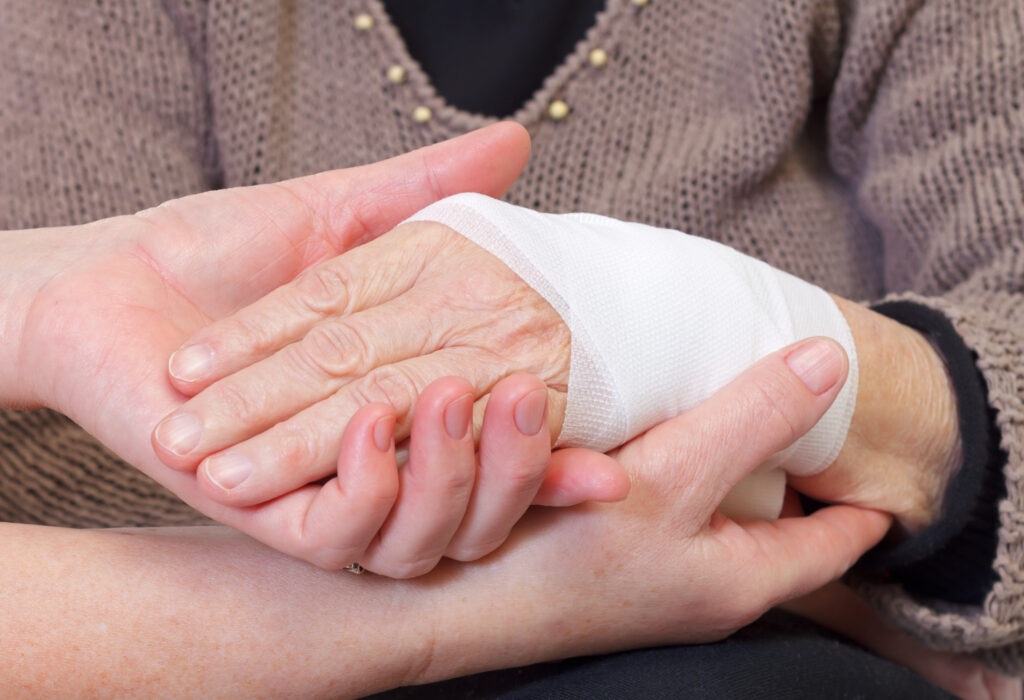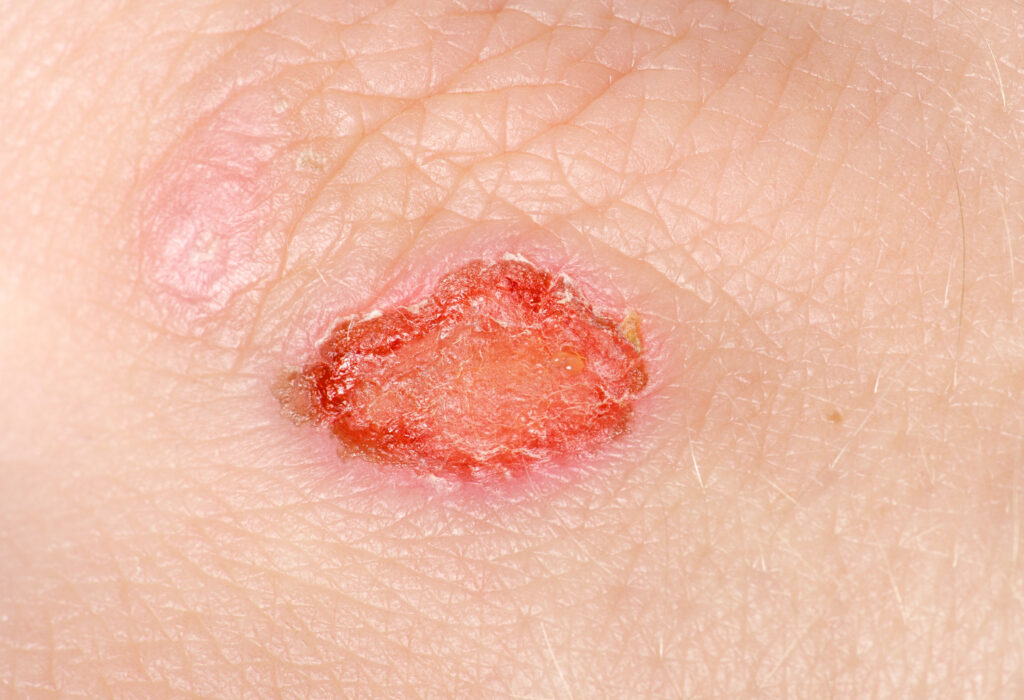Undoubtedly, it is crucial to know the facts. As a result, you can manage your wound care risks and symptoms properly. A wound is more likely to become infected if it:
• Generates from a hole (puncture), for instance as from a nail or piece of glass
• Results from a human or animal bite, in particular a cat.
• Isn’t cleaned or treated soon after occurring
• Occurs in your hand, foot, leg, armpit, or groin (the area where your belly meets your thighs)
• Contains dirt or saliva.
• Heals very slowly
• Occurs and at the same time you have diabetes, alcoholism, a weak immune system, or poor blood circulation


Follow these steps to help keep wounds from getting infected. As a result, we need to keep on top of wound care risk factors and symptoms to promote proper healing.
• Call your healthcare provider at the first sign of infection, for example: redness, warmth around the wound
• Edges look like they are opening
• Yellow, yellow-green, or foul-smelling drainage from a wound
• More pain, swelling, or redness in or near a wound
• A change in the color or size of a wound
• Red streaks in the skin around the wound
• Fever
| Cookie | Duration | Description |
|---|---|---|
| cookielawinfo-checkbox-analytics | 11 months | This cookie is set by GDPR Cookie Consent plugin. The cookie is used to store the user consent for the cookies in the category "Analytics". |
| cookielawinfo-checkbox-functional | 11 months | The cookie is set by GDPR cookie consent to record the user consent for the cookies in the category "Functional". |
| cookielawinfo-checkbox-necessary | 11 months | This cookie is set by GDPR Cookie Consent plugin. The cookies is used to store the user consent for the cookies in the category "Necessary". |
| cookielawinfo-checkbox-others | 11 months | This cookie is set by GDPR Cookie Consent plugin. The cookie is used to store the user consent for the cookies in the category "Other. |
| cookielawinfo-checkbox-performance | 11 months | This cookie is set by GDPR Cookie Consent plugin. The cookie is used to store the user consent for the cookies in the category "Performance". |
| viewed_cookie_policy | 11 months | The cookie is set by the GDPR Cookie Consent plugin and is used to store whether or not user has consented to the use of cookies. It does not store any personal data. |